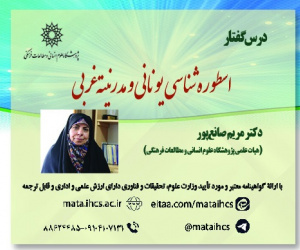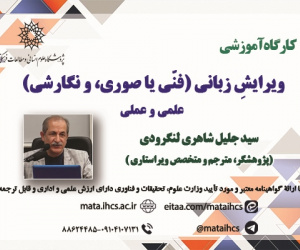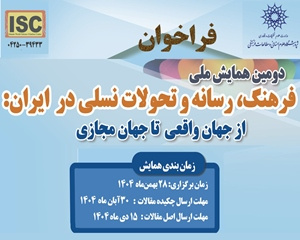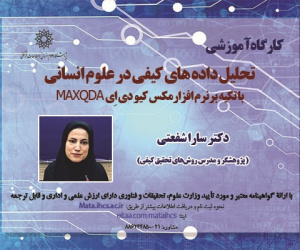رویکرد مدرسان به آموزش زبان فارسی به غیر فارسی زبانان از طریق متون ادبی دارای ویژگی فرهنگی (مقاله علمی وزارت علوم)
درجه علمی: نشریه علمی (وزارت علوم)
آرشیو
چکیده
پژوهش حاضر به شیوه ای پیمایشی به تعیین میزان و درجه اهمیت شاخص های مؤلفه مصداق های ادبیِ دارای ویژگی فرهنگی در آموزش زبان فارسی به غیرفارسی زبانان به وسیله متون ادبی در دو سطح میانی و پیشرفته پرداخته است. به این منظور، نخست پرسشنامه ای محقق ساخته دربردارنده 9 گویه از مصداق های ادبیِ مشتمل بر ویژگی فرهنگی تهیه شد و به صورت غیرتصادفی دسترس پذیر و هدف دار در اختیار 94 مدرس ایرانی با سابقه تدریس در حوزه آموزش زبان و ادبیات فارسی به غیرفارسی زبانان قرار گرفت. داده های به دست آمده با نرم افزار اس .پی. اس. اس ویرایش 22 و آزمون های آماری کای-دو یک طرفه و فریدمن مورد بررسی قرار گرفت. یافته های به دست آمده نشان داد که جمعیت نمونه در اهمیت ورزی به گویه ها بیشتر به معیارهایی همچون تناسب متن های انتخابی با اهداف عمومی آموزش زبان فارسی به غیرفارسی زبانان، عدم بازنمایی چندصدایی فرهنگی، نداشتن بافت-وابستگی یا وابستگی به زمینه های اجتماعی، اندیشگانی، فلسفی، عرفانی، کلامی، تعلّق بیشتر به مصداق های فرهنگ عمومی در برابرِ آن چه فرهنگ فاخر خوانده می شود، قابلیت انطباق گویه ها با سطح مهارت زبانی فارسی آموزان، روش ها، رویکردها و استراتژی های آموزش مهارت های زبانی و جهان شمول بودن، قابلیت همه فهمی و فعّال سازی دانش پیشین فارسی آموزان نظر داشته اند.Teachers’ View on Using Literary Texts with Cultural Features to Teach Persian to Non-Persian Language Learners
Since the early eighties of the 20th century and following the criticism of the empty place of culture in language teaching methods and approaches, emphasis was placed on the necessity of using culture as a basic pillar in language teaching; because the critics evaluated the awareness of the cultural themes governing the target language society as very important, and considered mastering a foreign language to be much more than a simple combination of words, sounds and sentences (Roche, 2001; quoted from Firoozabadi & Amiri, 2010). Therefore, selecting sources that effectively reflect societal cultural issues is crucial for incorporating culture into second/foreign language teaching. This is where literary texts stand as one of the worthiest representatives of cultures of nations in this field. This research was aimed to determine the importance of the indicators of literary instances with cultural characteristics in teaching Persian to non-Persian speakers through literary texts at both intermediate and advanced levels. The questions that this research seeks to answer are as follows:What is the importance of using indicators of literary instances with cultural characteristics for teaching Persian language to non-Persian speakers at the intermediate and advanced levels, according to experienced teachers?What is the best order of using literary contents with cultural characteristics based on their importance in teaching Persian language to non-Persian speakers at both intermediate and advanced levels from the perspective of experienced teachers in this field?








